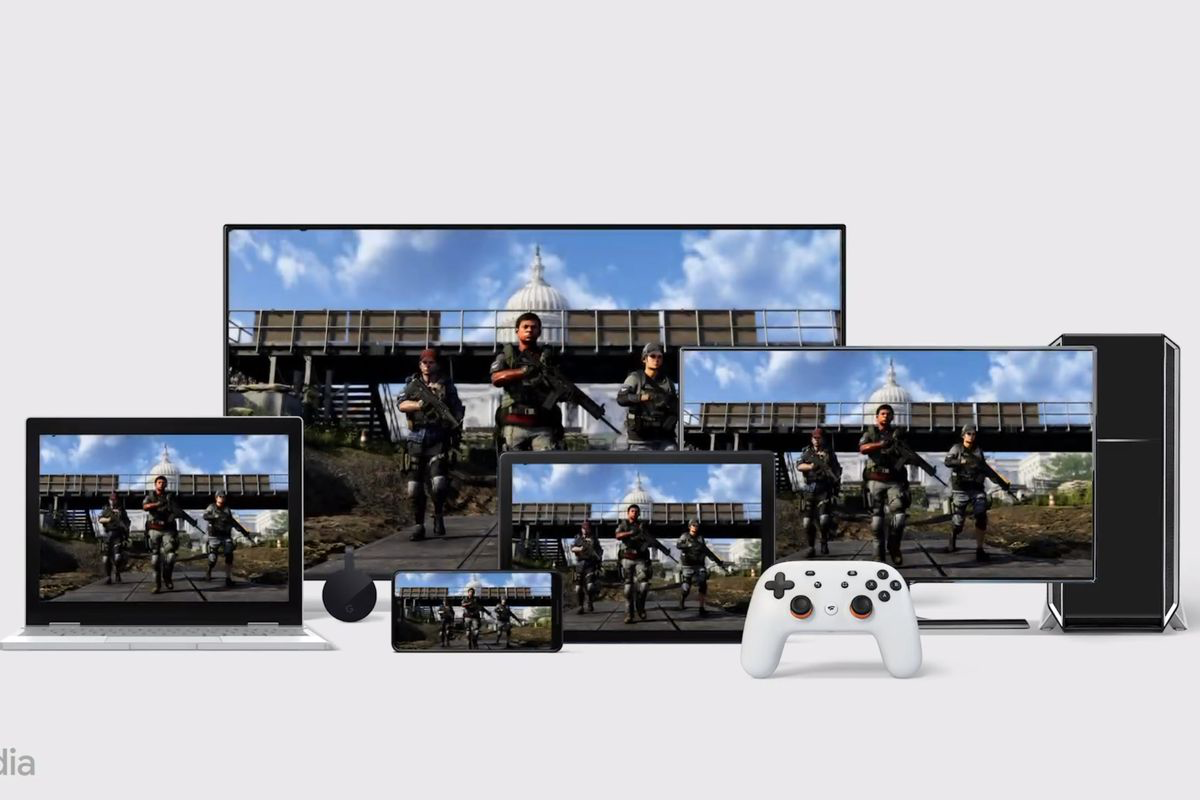Google Stadia has dominated the holiday tech talk of 2019, and it’s all thanks to the biggest advancement in gaming. Streaming. Streaming games from the cloud is much easier than having to own the big hardware, loud fans, and lots of updates and loading screens. These same problems that are present in modern non-streaming gaming rigs also plague virtual reality. So this begs the question that brought you here. When we will see cloud streaming for virtual reality? Will we ever see Google Stadia with virtual reality?
There are reasons why this could work, and there are reasons why it hasn’t happened yet. If you are going to look into the depth of this problem, we are going to have the answers for you.
Why Google Hasn’t Included VR Yet
Google and VR haven’t gone well together. The only headset that Google has produced is the Google Daydream, and that was ended quickly. It was a mobile VR headset that required your phone to go inside of the headset. This wasn’t ideal for getting into a virtual environment and the stage of VR that required your phone ended quickly. Google hasn’t had any other plans for virtual reality since the, but the Google Glass was an idea that also got shut down very quickly.
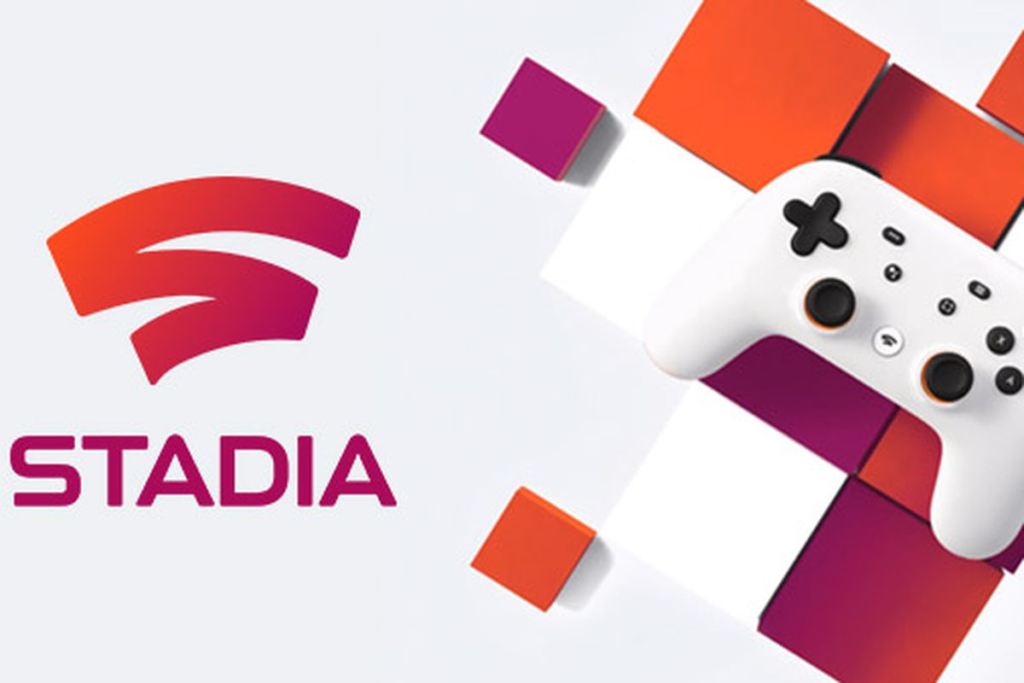
Even with the AR hardware idea of Google Glass, Google wasn’t going to use streaming. The idea was to have a little brick on you at all times that powered the headset. You can search for projects that ended with Google with AR/VR, and you will find there are several. Adding VR support to their newest (and most successful) gaming idea right away would likely not have wide adoption.
Even if players wanted to play Stadia in VR right now, there are reasons why it wouldn’t be an experience players would want to spend time with. We are going to dive into those.
Latency Problems
When it comes to latency and VR, you never want to mix the two. If you have had the chance to play Beat Saber on both the Oculus Quest and the Valve Index, you can notice the difference in latency of the controllers. Although this is hindering your experience, the game is still playable and you become used to it somewhat quickly. Other than some controller problems with the Quest, there is zero latency because the game is stored locally and you aren’t streaming.

The refresh rate, or FPS, of the Valve Index, is sitting comfy between 90Hz and 120Hz at all times. This makes virtual reality feel like actual reality consistently. One of the reasons that virtual reality is taking such large steps forward is the zero-latency that makes virtual reality feel like more of an altered reality than a latency-filled gaming reality. This, among other reasons, that virtual reality is catching so many customers right now.
When it comes to the Oculus Quest, it is still boasting a higher frame rate than the marveled Google Stadia.
Latency for Streaming VR
Right now, the fastest frame rate you can get on the Google Stadia is 60 FPS, and even that is often unrealistic. To access the fabled 60 frames per second, you will need to be running on perfect internet connection, something very few people have access to unless the extra money is purposely spent every month for the high-speed internet of fiber gigabits. Most people don’t do that, so most people aren’t going to be unlocking the true power of Stadia just yet.
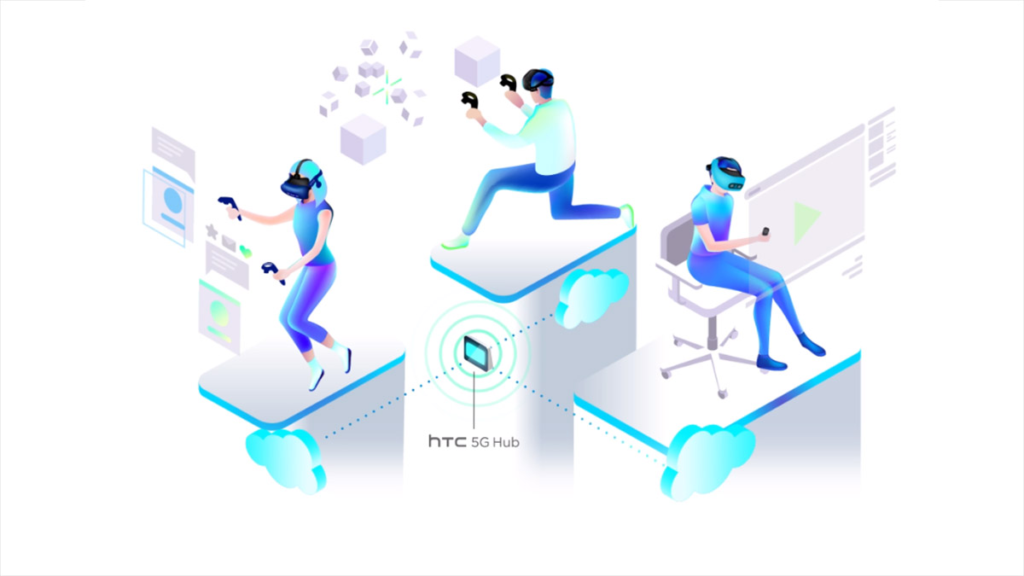
That means that streaming Stadia VR games into the headset would be the same, if not worse frame rates. If you haven’t played virtual reality games at 60 frames per second, we don’t recommend it. It will leave you nauseated and frustrated for the hours to come. Getting a refresh rate inside of a headset that is being powered by the cloud would take a tremendous amount of work and power, something that hasn’t been achieved yet. If streaming games into a headset was an idea that would benefit players, we would have already seen Oculus, Steam, or even Vive start on the idea already. It’s very telling that none of these companies are looking to do this right now.
Why Stadia Needs VR
Google Stadia costs $129 for the full Chromecast, controller, and the subscription to the games. This subscription service is going to be available for one common price for all of your devices. Whether you are playing on the TV, laptop, or even your smartphone, you will have access to all of the same titles. Not only is this a steal, but this is a very cost-efficient and power-efficient way of gaming.

When it comes to comparatives, the Google Stadia has a lot of competitors. The Xbox One S console has been side by side, but the newest iPhone has also seen some comparisons on how the games are running. When it comes to local power, the Stadia is far behind everyone else. That is because they offload the computing parts of the games. If Google Stadia was to get interested in VR, they could possibly change the narrative slightly.
Most VR headsets have the power to do some computing on their own, even the headsets that rely so heavily on the PC to do the work. The Oculus Quest does everything locally and inside of the headset, and the quality is amazing. If Stadia could find a way to partner with a headset with similar power, they could see Stadia VR become a real thing.
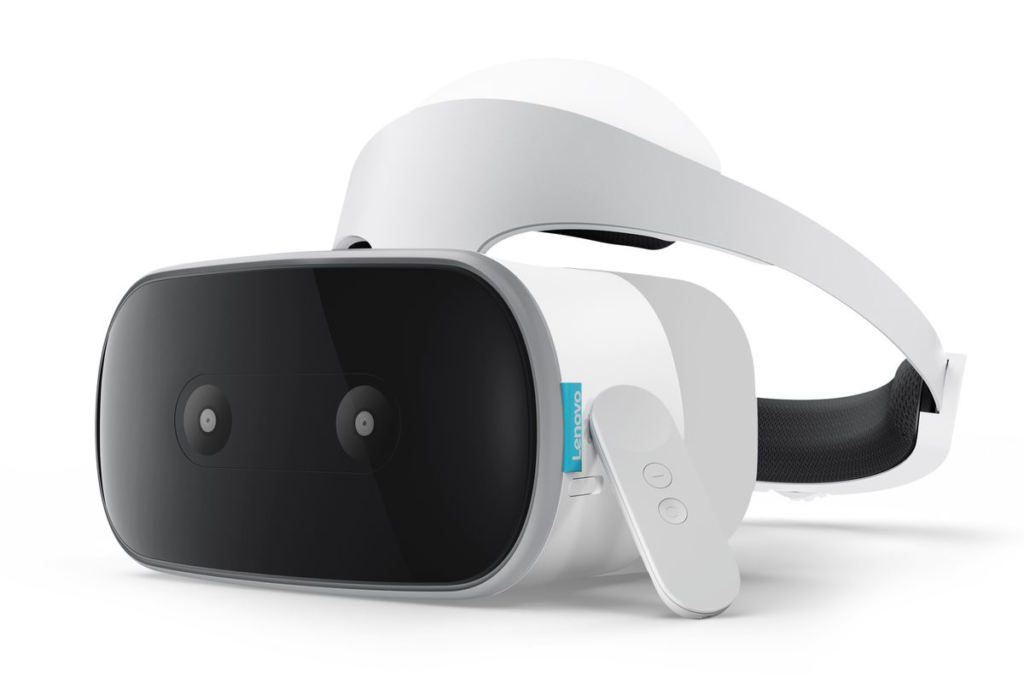
It would be a team effort to ensure that both parties are carrying the weight. If Stadia put all of the weight on the headset, it would be no different than the Oculus Quest. If the headset relied too heavily on Stadia servers, the latency (referred to and explained above) would be awful, to a point of unable to play any games without chipping motion sickness.
Who Would Play It?
When you look at subscription services, and any game streaming service, they are picking up more speed than ever right now. If you take a gander inside of virtual reality and the subscription services there, you will find Viveport alone in the corner holding most users hostage. Not that the users would ever escape if they could, but they simply have a monopoly on the free-to-download gamers in the VR headset space and the gaming community. The way Viveport Infinity works and the way Stadia VR would have to work are completely different, but the idea would remain the same.

The Viveport service downloads your VR content to your local PC. Then from there, you launch the game. Stadia could go the same route with the same subscribers. They would have the playable games ready to play and have the computer stream the game from the Chrome web browser. This would offload the processing to the PC and would act as a middle man for the headset and the Stadia servers. The controller tracking would work the same, and the game would, in theory, work as well as any other locally stored game. This would be an immersive experience for any VR consumer.
Mobile VR with Stadia?
The idea as of now is that Stadia VR would have to run through a Chrome web browser on a VR-ready PC to run games smoothly. If you would want to run this to a mobile VR headset, then you would need something like an Oculus Link to connect to your PC. This would neglect the headset’s powers to be standalone, turning it into any other PC VR headset. To stream from a cloud to a wireless headset, you would need an incredible 5G and WiFi 6 connection. Neither are reliable enough right now to count on zero latency, so standalone VR game streaming is a pipeline dream.
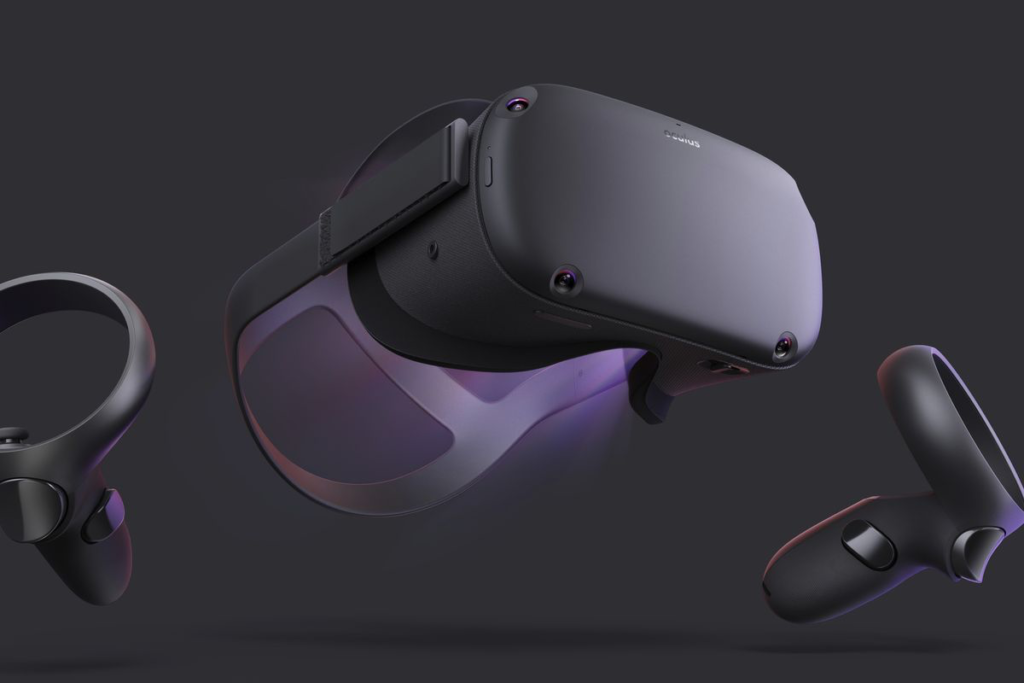
There have been reports of this happening, or at least attempts of it, and they have been unreliable ways to experience any type of AR and VR experience. NVIDIA CloudXR is aiming to bring untethered high-end VR experiences, but they are still in the very early stages. This is only available for developers and it is still as spotty connection. They are also working for AR 5G connections, but that seems to be further from mainstream than virtual reality with 5G for consumers.
When Will We See Stadia VR?
If you read the NVIDIA blog post, they seem optimistic about the future. With that being said, there seems to be a plethora of issues that need to solved long before the consumers are allowed to have this software available to them. If you are looking for a definitive date, we don’t have that for you. If you are looking for our educated guess, we would say early 2022. This would give the devs in this kind of project to have time to completely work through the bugs.

We suspect this would be enough time to work through all of the new capabilities of 5G and give the common consumers enough time to fully adopt the new technology capabilities. Not only will 5G be playing a large part of the future of VR streaming, but WiFi 6 will also help a lot when it comes to low latency. Low latency is going to be key when getting streaming service games into virtual reality. It isn’t a task that is easy, but it is one we are confident Google is working on.
Competitors
Like we mentioned earlier, Google demonstrates no hesitation when it comes to shutting down projects when dealing with augmented and virtual reality. If they do shut down any idea of Stadia VR, there will be competitors right on their heels looking to consume this part of the gaming industry. Just as we talked about them earlier, NVIDIA is going to be the top competition for an idea like Google. We know that these two companies might work together, but what if they don’t?
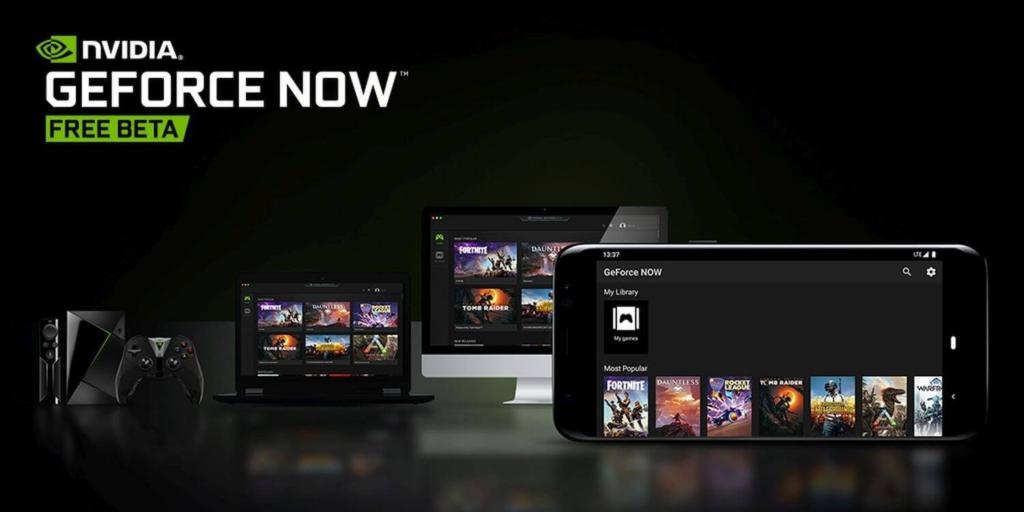
NVIDIA already has their own streaming service, so how hard would it be to get VR games into it? We don’t think that it would be too hard. They are already working on a 5G VR stream, so getting it to be a part of their streaming service seems like it would be incredibly simple. If we had to make a bet on who would bring VR game streaming to the public first, we would go all-in on NVIDIA.
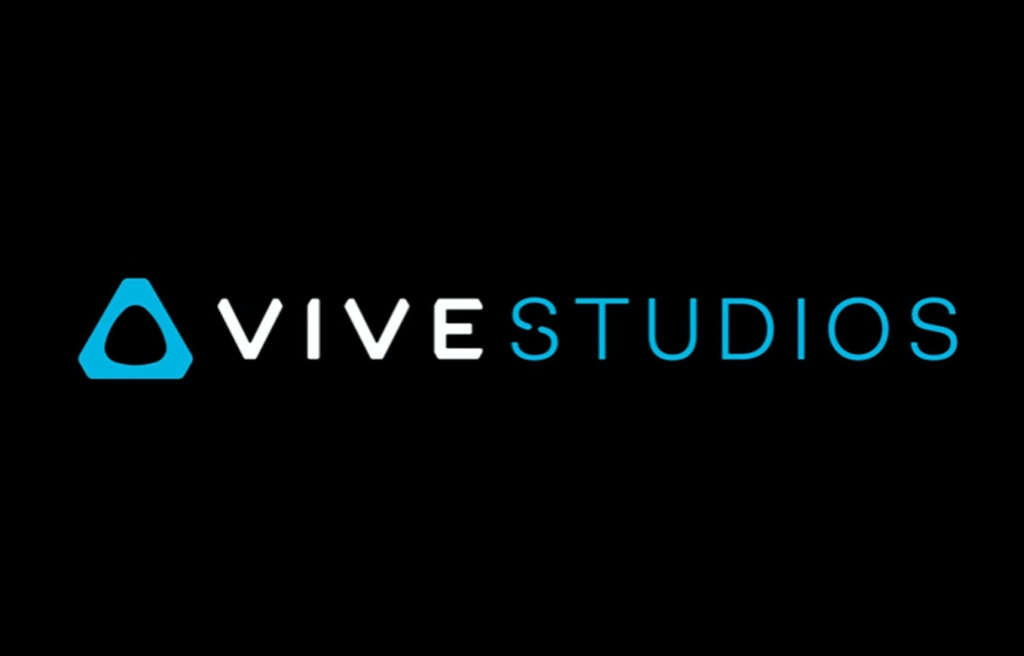
There doesn’t seem to much of other competition when it comes to this, although both Vive and Oculus have the power to capitalize. Viveport Infinity already has the games and the community, but Oculus has the exclusives titles that would pull many customers without having to work too hard on getting their name out there. Out of these two, Viveport would be the smarter bet. With that being said, the system they have in place right now seems pretty secure and safe. No need to fix something that isn’t broken. Expect Oculus to bring a streaming service with their AR headset that is in the works. This would be the way to go. For more VR, AR, and gaming community news make sure to check back here at VRGear.com.






















